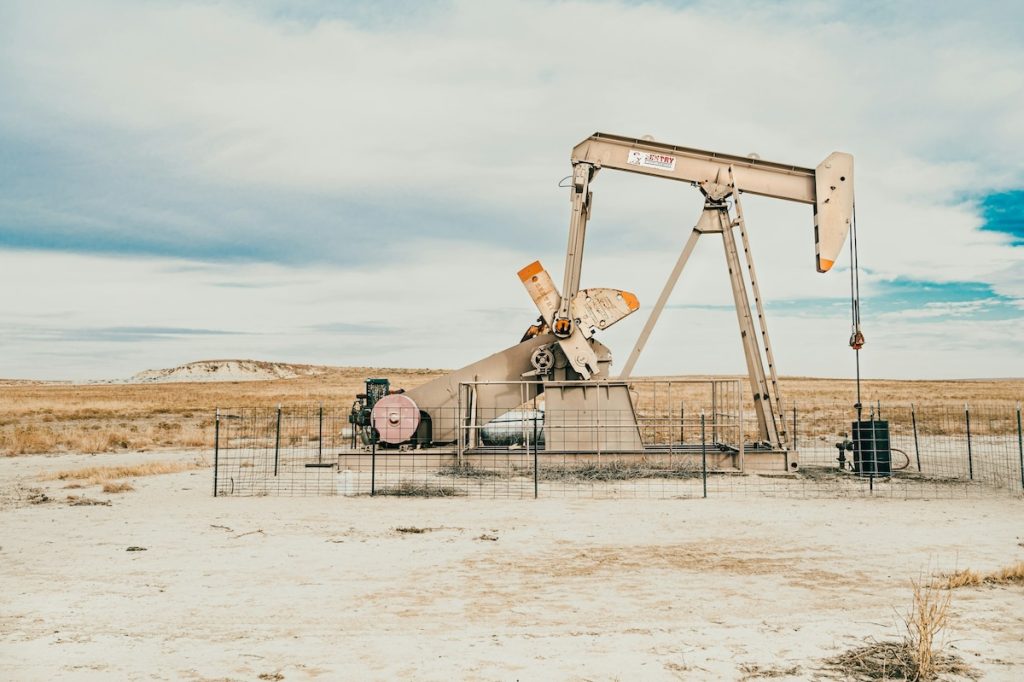Access mats play a pivotal role in revolutionizing oilfield construction practices. They provide a dependable way to steer challenging terrain and effectively address environmental concerns. These robust oilfield construction access mats offer many advantages that boost operational efficiency and prioritize safety and sustainability in oilfield endeavors. As indispensable components within the oil and gas sector, access mats facilitate access to remote locations while safeguarding delicate ecosystems. Their multifaceted utility extends from creating stable pathways to shielding sensitive environments, making them indispensable assets in modern oilfield operations.
Enhanced Accessibility
Access mats are indispensable assets in oilfield construction, notably for their unparalleled ability to improve accessibility to remote locations. In the rugged terrains, marshlands, and soft ground conditions often encountered during oil and gas exploration, traditional construction equipment faces significant navigation challenges, leading to potential delays and increased costs. However, access mats offer a stable foundation, enabling heavy machinery and vehicles to traverse these landscapes seamlessly. By creating temporary roadways or work pads, access mats facilitate efficient access to crucial sites like drilling locations, pipeline routes, and well pads, regardless of the environmental obstacles. This capability enhances operational efficiency, minimizes disruptions, and ensures timely project completion.
Environmental Protection
Oilfield construction projects frequently occur in ecologically delicate regions where preserving the natural habitat is paramount. Access mats offer an environmentally conscious solution by significantly reducing ground disturbance and habitat destruction. These mats evenly distribute weight, preventing heavy machinery from causing soil erosion or disrupting vegetation. Consequently, access mats play a vital role in maintaining the integrity of the soil, vegetation, and wildlife habitats, aligning with stringent environmental regulations. Moreover, their easy removal and reuse capabilities minimize waste production, further diminishing the ecological impact of oilfield operations. Thus, access mats are a sustainable choice for oil and gas companies aiming to balance industrial progress with environmental conservation efforts.
Safety and Risk Reduction
Safety is an absolute priority in oilfield construction, given the terrain’s inherent hazards and unpredictable nature. Access mats serve as indispensable tools in addressing these risks by furnishing a stable and secure surface for work. By minimizing the occurrence of slips, trips, and falls, these mats effectively reduce the likelihood of on-site injuries and accidents. Moreover, their provision of enhanced traction and stability for heavy machinery significantly diminishes the risk of rollovers and potential damage to equipment. Consequently, this comprehensive safety enhancement bolsters overall performance and minimizes operational downtime from unforeseen mishaps or machinery failures.
Cost Efficiency
In addition to improving safety and environmental performance, access mats offer cost-saving benefits for oilfield construction projects. By reducing the need for extensive site preparation and ground stabilization measures, access mats help streamline construction processes and minimize project timelines. Access mats also reduce equipment maintenance costs by preventing damage caused by rough terrain or adverse weather conditions. Furthermore, access mats can be easily transported and deployed, saving time and resources compared to traditional construction methods. Overall, the cost efficiency of access mats makes them a valuable investment for oil and gas companies seeking to optimize project budgets and timelines.
Versatility and Adaptability
Access mats are versatile and adaptable, offering solutions for many oilfield construction needs. Whether it’s creating temporary roadways, establishing stable work pads, supporting crane platforms, or facilitating pipeline crossings, access mats can be tailored to fit the specific requirements of each project. Available in various sizes, thicknesses, and materials, these mats provide unparalleled flexibility in both design and deployment. Their ability to bear harsh weather conditions, such as freezing temperatures, heavy rainfall, and strong winds, ensures consistent performance regardless of the environment. This exceptional versatility has made access mats the top choice for oil and gas companies aiming to optimize their construction processes with efficient and adaptable solutions.
Conclusion
Access mats are critical in revolutionizing oilfield construction, serving multiple purposes such as enhancing accessibility, safeguarding environmental integrity, bolstering safety measures, and streamlining cost-effectiveness. As the stipulation for oil and gas resources escalates, the importance of access mats is expected to persist, assisting in overcoming the challenges posed by remote exploration and development endeavors. By leveraging the potential of access mat solutions, oil and gas enterprises can effectively achieve their construction objectives while conscientiously reducing ecological footprints and optimizing operational efficiency. This highlights the pivotal role of access mats as indispensable assets in the dynamic landscape of oilfield construction, providing a reliable foundation for sustainable progress and responsible resource extraction. These oilfield construction access mats represent more than a temporary solution; they are enduring pillars supporting the industry’s commitment to environmental stewardship and operational excellence. Their versatility and adaptability make them essential in steering the complexities of oilfield construction, ensuring smooth operations and minimizing disruptions.

